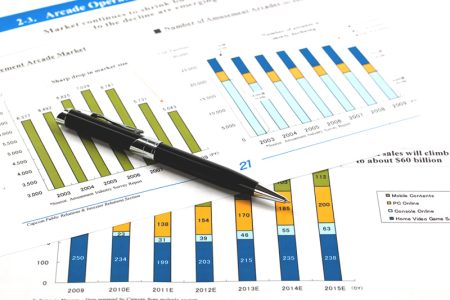By Amanda Cooper
LONDON (Reuters) -The dollar rose on Friday and is set for a third monthly gain after solid U.S. growth figures argued for interest rates to remain high for longer, while the yen struggled around the 150 level ahead of the Bank of Japan’s policy meeting next week.
The U.S. economy grew at its fastest pace in nearly two years in the third quarter, data on Thursday showed, as higher wages from a tight labour market helped power consumer spending.
That, together with another round of robust surveys of business activity, has beefed up expectations for the Federal Reserve to keep monetary conditions restrictive for longer, driving the dollar broadly higher this week.
The steadied at 106.52, having hit a three-week high of 106.89 in the previous session, and was on track for a weekly gain of about 0.35%.
“The story of this week has been U.S. economic exceptionalism continues, particularly in contrast with the euro zone and the UK,” City Index strategist Fiona Cincotta said.
“Yesterday’s data was really interesting. We had stronger PMIs at the start of the week, followed by strong Q3 GDP growth and signs of Americans spending their way through the summer – few signs of the aggressive rate hikes reining in consumption,” she said.
The euro struggled to break into positive territory, holding at $1.0559, set for a weekly loss of 0.25%.
The European Central Bank (ECB) on Thursday left interest rates unchanged as expected, ending an unprecedented streak of 10 consecutive rate hikes.
“With a rapidly deteriorating macroeconomic landscape, as shown by October PMIs, in our view the ECB will have to tread very carefully going into 2024 and will have no choice but to lower interest rates,” said Julien Lafargue, chief market strategist at Barclays Private Bank.
Data earlier this week showed euro zone business activity took a surprise turn for the worse this month.
Sterling slipped 0.1% to $1.2117, narrowly above Thursday’s three-week low at $1.2070.
Risk sentiment generally stayed subdued after a downbeat session on Wall Street that sent stocks tumbling and underpinned U.S. Treasuries, pushing yields lower.
“The retreat in yields was to do with a little bit of flight to quality, because what you saw last night was pretty devastating action in the equity market,” said Tony Sycamore, market analyst at IG.
“The last few Fridays … we’ve seen very much flight-to-safety type moves (because) ahead of the weekend, we’re not really sure what’s going to be playing out in terms of Gaza,” he said.
The Australian dollar, often used as a proxy for risk appetite, rose 0.4% to $0.635, having slid to a one-year low of $0.6271 on Thursday.
BOJ IN FOCUS
The yen continued to wobble on the weaker side of 150 per dollar, a level some have seen as a potential trigger for intervention by Japanese authorities.
The yen gained more than 0.2% to trade around 150.10 per dollar, but barely above Thursday’s one-year low of 150.78.
Japan will continue to respond to the currency market “with a strong sense of urgency,” Finance Minister Shunichi Suzuki told reporters on Friday.
The BOJ meets next week and speculation is mounting that the central bank could change its policy on bond-yield control. An increase to an existing limit on yields set just three months ago has been discussed as a possibility.
“If we come in with dollar/yen up at 151 next Monday, then there’s more chance I think they’d lift the cap,” said IG’s Sycamore. “The higher the dollar/yen goes in the interim, the more chance there is of a tweak.”
Read the full article here













